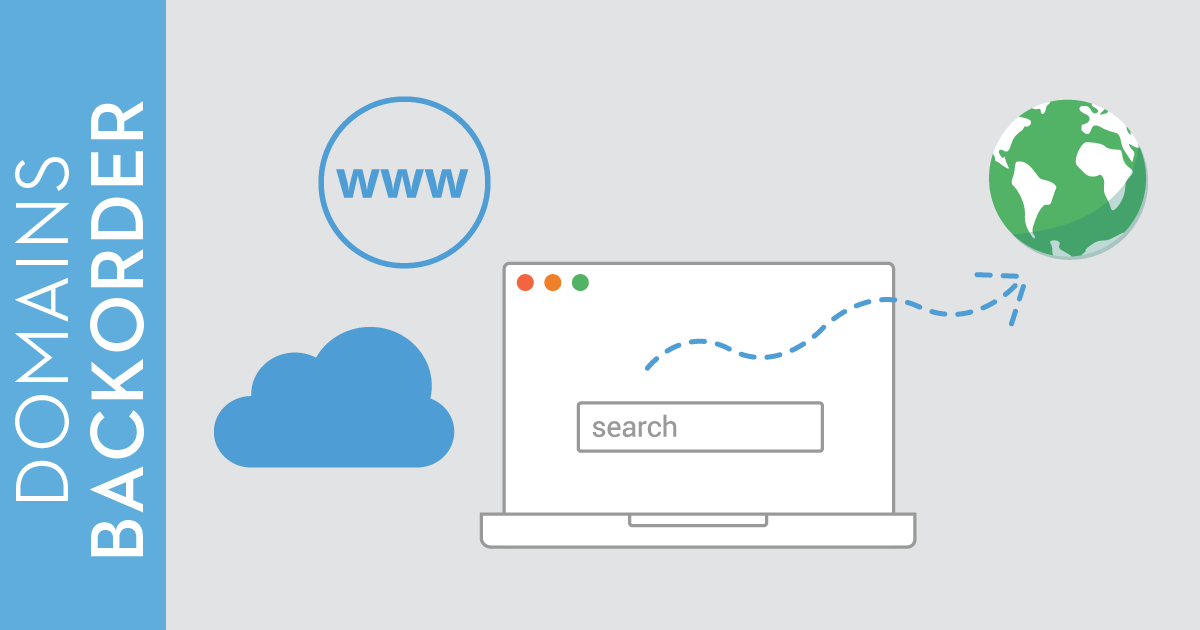C++ Domain Names Backorder Application
Introduction
The domainEngine application designed to perform daily scanning of expired domains using Estibot’s API. It employs simple algorithms and RESTful API requests to retrieve and process data from both CSV and JSON formats.
Implemented in C++, the domainEngine application guarantees high performance and efficient processing of large volumes of data. It offers a robust and reliable solution for managing and optimizing domain acquisition in the dynamic domain market.
The application applies intelligent classification techniques to assess domain names based on factors such as keyword length, SEO strength, and extension taken. It automatically places backorders on various registrars(dropCatch, SnapNames), ensuring the timely acquisition of valuable expired domains and maximizing opportunities for users.
This document provides an overview of the domainEngine project, its purpose, architecture, key components, and design considerations.
Table of content
Purpose
The purpose of the domainEngine project is to provide a flexible and extensible platform for performing operations related to domains. The project aims to simplify domain evaluation and management tasks by offering functionalities that aid in domain analysis, processing, and interaction with external resources.
Architecture
The domainEngine project follows a modular architecture to ensure flexibility, maintainability, and ease of extension. The primary components of the project include:
Keyword Handling: This component is responsible for handling keywords associated with domains. It provides functionality for parsing, processing, and manipulating keywords.
Request Module: The request module enables the application to make requests to external resources related to domains. It includes features for sending HTTP requests, handling responses, and processing data received from external APIs.
Domain Functionality: This component offers additional functionalities related to domains. It includes features such as domain analysis, validation, backorder and generation.
Main Application: The main application ties together the various components of the project and provides an entry point for executing domain-related operations. It orchestrates the flow of data and controls the interactions between different modules.
Key Components
The domainEngine project consists of the following key components:
Keyword Handling Component: This component parses and processes keywords associated with domains. It includes functionality for extracting relevant information from keywords, generating variations, and performing keyword analysis.
Request Module: The request module facilitates communication with external resources related to domains. It provides a flexible and configurable interface for making HTTP requests, handling responses, and processing data received from external APIs.
Domain Functionality Component: This component encompasses various domain-related functionalities. It includes features for domain analysis, validation, generation, and interaction with domain-specific resources.
Main Application: The main application component acts as the entry point for the project. It coordinates the interactions between different components, controls the overall flow of data and operations, and provides a user interface or command-line interface for executing domain-related tasks.
Design Considerations
The design of the domainEngine project considers the following key factors:
Modularity: The project follows a modular design approach to ensure separate and reusable components. This allows for easy maintenance, testing, and extension of specific functionalities without affecting the entire system.
Flexibility: The architecture of the project aims to be flexible, allowing users to customize and configure various aspects of the domain-related operations. This includes the ability to define custom keyword handling rules, configure external API integrations, and adapt the system to different domain-related use cases.
Performance: Performance optimization is prioritized, especially when interacting with external resources or processing large amounts of data. Efforts are made to optimize critical sections of the code and utilize efficient data structures.
Error Handling: The project incorporates robust error handling mechanisms to handle exceptions, validate input data, and provide informative error messages to users. Error logging and reporting mechanisms are implemented to aid in troubleshooting and debugging.
Extensibility: The project is designed to be easily extensible, allowing for the addition of new functionalities or integration with additional domain-related resources. The architecture enables the integration of new modules, extension points, or plugins to accommodate future requirements.
Metrics
A domain name is assessed using the following metrics, which collectively contribute to evaluating the value and potential of a domain name:
- Number of extensions registered: The count of various domain extensions registered for the name.
- Trademark consideration: The presence of any existing trademarks associated with the name.
- Keyword relevance: The relevance of the name to relevant keywords or search terms.
- Cost per click (CPC): The estimated cost per click for advertising related to the domain.
- Wayback Age: The age of the domain as recorded by the Internet Archive’s Wayback Machine.
- Trending analysis: Evaluation of whether the domain name is currently gaining popularity or attention.
- Parking revenue estimate: An estimation of potential revenue from domain parking or advertisements.
- Sales history: Historical data of past sales or transactions involving similar domain names.
- Trend analysis: Assessment of the domain’s potential future value based on market trends.
- Category classification: Categorization of the domain name based on its industry or niche.
Development
Read more about the CMake configuration.
Conclusion
This design document provides an overview of the domainEngine project, its purpose, architecture, key components, and design considerations. By following a modular design approach and considering factors such as flexibility, performance, and extensibility, the domainEngine project aims to provide a comprehensive platform for handling various domain name related operations.
Notes
- Access the source code on GitHub for further exploration.
